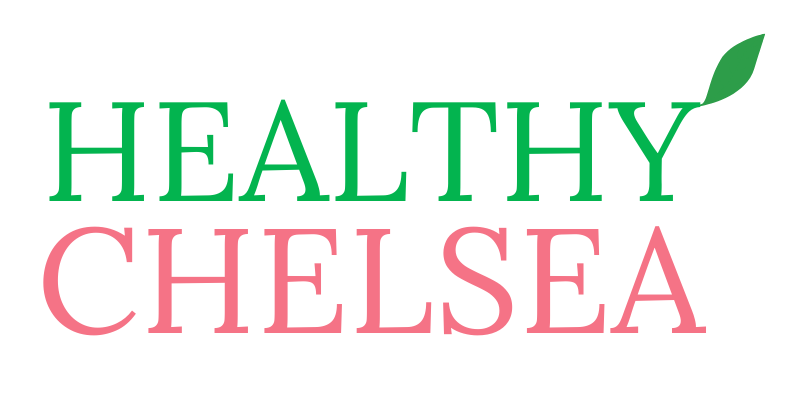Yogurt: Junk Food or Health Food? 5 Tips for Choosing a Better Yogurt and Why Your Choice Matters
What if you found out that most yogurt has more sugar than a package of Oreos?
More than 2 Reese’s cups.
More than a Snickers bar.
More than a chocolate glazed donut.
Would that surprise you?
It surprised me!
I remember walking down the aisle in the grocery store and seeing the grams of sugar in several brands of yogurt.
Then I walked to the treat aisle and started picking up candy bars and cookies.
I was shocked when the candy bars and cookies had less added sugar than yogurt.
Did you know that 44% of yogurt eaters primarily eat yogurt because they believe it’s healthy.
Is that you, too?
You’d be right in eating yogurt to boost your gut health.
Yogurt contains live probiotics, the “good” bacteria that supports a healthy immune system, metabolism, weight, and mood.
But some yogurts are significantly better for your gut health and overall health than others…
It’s the added sugar you want to look out for.
Why?
Because too much added sugar can increase your risk of a number of health issues.
Chronic intakes of excessive added sugar can increase:
• Inflammation
• Weight gain
• Obesity
• Childhood obesity
• Higher risks of other preventable diseases
Added sugar also feeds the unhealthy bacteria in our gut…
The opposite of what we want the yogurt probiotics to do…
Which then begs the question, how much added sugar is too much added sugar?
According to the American Heart Association, adult women should aim to have no more than 24 grams of added sugar per day.
That’s equal to 6 teaspoons of added sugar.
Adult men should have no more than 36 grams added sugar per day.
That’s equal to 9 teaspoons of added sugar.
Many flavored yogurts contain 15-23 grams of sugar per serving.
That means one single-serving yogurt container could make you max out on your added sugar for an entire day!
So, how do you choose a better yogurt that benefits your health, feeds your gut, and keeps you full and satisfied?
Here are 5 key strategies for up-leveling your yogurt game:
1. Read the ingredient list.
Look for only one or two ingredients on the nutrition label, like “cultured milk.”
That way, you know that there’s no added sugar (which can appear as invert sugar, glucose, fructose, sucrose, and more!).
It also means you’re eating a more natural yogurt (no artificial flavors, preservatives, or thickeners necessary).
>>Chobani, Oikos, Fage, and Siggi’s all have plain yogurt options.
2. Read the nutrition label.
Yogurt has a naturally occurring sugar called lactose.
Added sugar will show up in both the ingredient list and the nutrition label.
Many nutrition labels now have “Added Sugar” under the carbohydrate listing.
In the label, look for “Total Carbohydrate.”
Then under “Total Carbohydrate,” you’ll see “Includes X grams added sugar.”
>>Siggi’s 4% No Added Sugar yogurt comes in flavors like Banana and Cinnamon or Peach and Mango.
3. Choose plain Greek yogurt.
Plain Greek yogurt is very high in protein (15-24 grams of protein per serving!).
Plain essentially means that nothing has been added…
But read the ingredient list, as discussed in #1 above.
>>Chobani Plain Greek Yogurt packs a protein punch with 24 grams of protein per serving.
4. Sweeten plain yogurt with your own nutritious add-ins.
You’re in control of what you’re fueling your body with.
That’s the beauty of this strategy 😊
You choose what’s in your yogurt!
>>Top plain Greek yogurt with raspberries, blueberries, strawberries, coconut flakes, or cinnamon.
>>If you want a vanilla yogurt, add a drop or two of real vanilla extract.
5. Choose a plant-based alternative as needed.
If you are lactose intolerant or sensitive to dairy, you might still be able to have a plain Greek yogurt.
How’s that possible?
Because the live, active probiotics feed themselves by eating the lactose.
However, if you’re not eating dairy, try an almond milk yogurt, soy yogurt, or coconut yogurt.
You will have to be more careful about ingredients (plant-based yogurts tend to have more sugar and thickeners added, so they are not as natural).
>>Kite Hill Plain Greek-Style Almond Yogurt is a great option, with no added sugar and 11 grams of protein.
Bonus! The Kite Hill Plain Greek-Style Almond Yogurt actually tastes good, too 😉
In summary:
Most yogurts have more added sugar than a Snicker’s bar.
Chronic excess added sugar is no bueno for your health and how you feel.
Uplevel your yogurt game with a protein-rich plain Greek yogurt (or skyr) and add your favorite toppings.
Download your free gift, The Busy Person’s Ultimate Guide to Quick and Easy Meals & Snacks.




![[VIDEO Interview!] 5 Tips to Reduce Overwhelm, Stress, and Guilt During COVID-19](https://images.squarespace-cdn.com/content/v1/5759efe4b6aa609d8e0b8bb8/1589995902736-OPAWOMH96CFM5XMUFWCA/Mama+Be+Interview+Thumbnail.png)